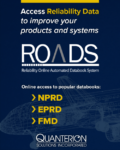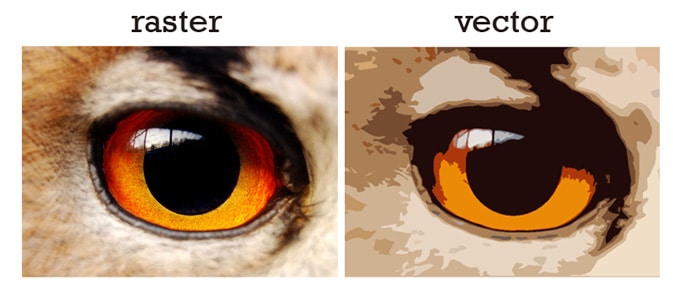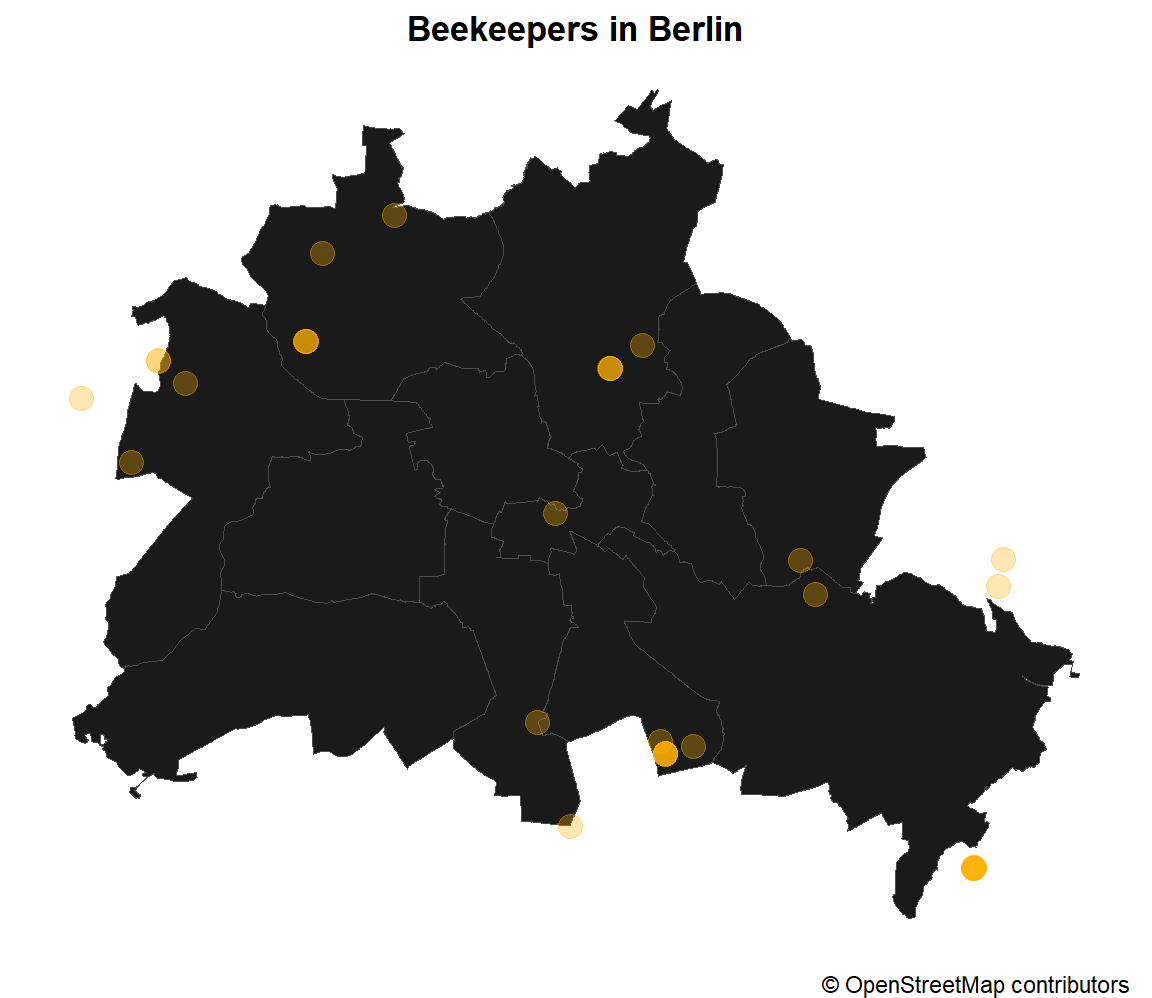

Stretching the values to enhance contrast.Grouping their values into a number of classes.There are three symbology layer options by which to symbolize rasters: Learn the steps to display raster surfaces in ArcScene If the base surface is a raster, you can also set the resolution of the source raster. A floating layer requires layer properties that directly specify its elevation source, which may be a constant value, a separate 3D surface data source, or itself. In ArcScene, to display a raster surface in 3D, the elevation values must come from a provided surface.

When displaying rasters in 3D, you need to set the base heights for the layer by defining its 3D layer properties.

Only a continuous, single-band raster can be used as an elevation source for itself or other layers. Discontinuous raster data, on the other hand, represents discrete blocks of information, such as an aerial photograph.Īll supported raster data formats can be displayed in ArcScene as floating or draped layers. This surface may be a traditional elevation surface, or it may represent an analysis surface, such as the relative fire risk for a region. Continuous raster data represents a surface. Raster data can be either continuous or discontinuous. Access the Layer Properties dialog box by right-clicking the layer in the table of contents and clicking Properties. Layer properties help define how your raster surface will be displayed in 3D. Unexpected results may occur if you're using a geographic coordinate system in ArcScene. Learn more about defining the coordinate system of raster

Is recommended that the XY units and the Z units be the same - forĮxample, a UTM (meter-based) raster surface should also model However, unlike traditional 2D GIS data, surfaces have theĪdded spatial effect of defining Z (height) values, and this shouldīe taken into account when deciding upon the coordinate system. Like all GIS data, surfaces should have a coordinate systemĭefined. You can also manipulate the appearance of the surface by setting the layer properties such as base resolution. You can make all surfaces transparent and add depth and realism to a surface by shading it based on its position relative to a light source. Discontinuous, or discrete, raster data must refer to separate elevation data or use a constant value or expression to define its z-values.Įxamples of continuous data include these:Įxamples of discontinuous data include the following: Surface layers can reference themselves or other surface data to get this information. You cannot add a mosaic dataset to ArcScene, but only in ArcMap and ArcGlobe.Īll displayed raster and surface layers must have their base heights defined within the 3D view. LAS datasets can be displayed in both ArcScene and ArcMap. Terrain datasets cannot be dynamically displayed in ArcScene but only in ArcMap and ArcGlobe. TINs cannot be displayed as visual layers in ArcGlobe. You can also show the nodes and edges of the TIN in several different ways. You can render cells with no data and background cells in different ways.ĪrcScene and ArcMap allow you to symbolize TIN surfaces using the elevation values, aspect, or slope of each TIN facet. Feature data can be dynamically displayed as a raster. Multiband rasters, such as satellite images and some aerial photographs, can be displayed as a red, green, and blue (RGB) composite or as a single stretched image. Categorical rasters, or discontinuous data (such as a lake because of its definable boundary with the surrounding landscape), can be symbolized using their unique values. Rasters, TINs and LAS datasets can be easily displayed inside ArcScene using different symbology options.Ĭontinuous rasters, also known as surface data, can be stretched to improve contrast. The ArcGIS 3D Analyst extension and ArcMap give you a variety of ways to symbolize and display the different types of GIS surface formats, such as rasters, TINs, terrain and LAS datasets.


 0 kommentar(er)
0 kommentar(er)
